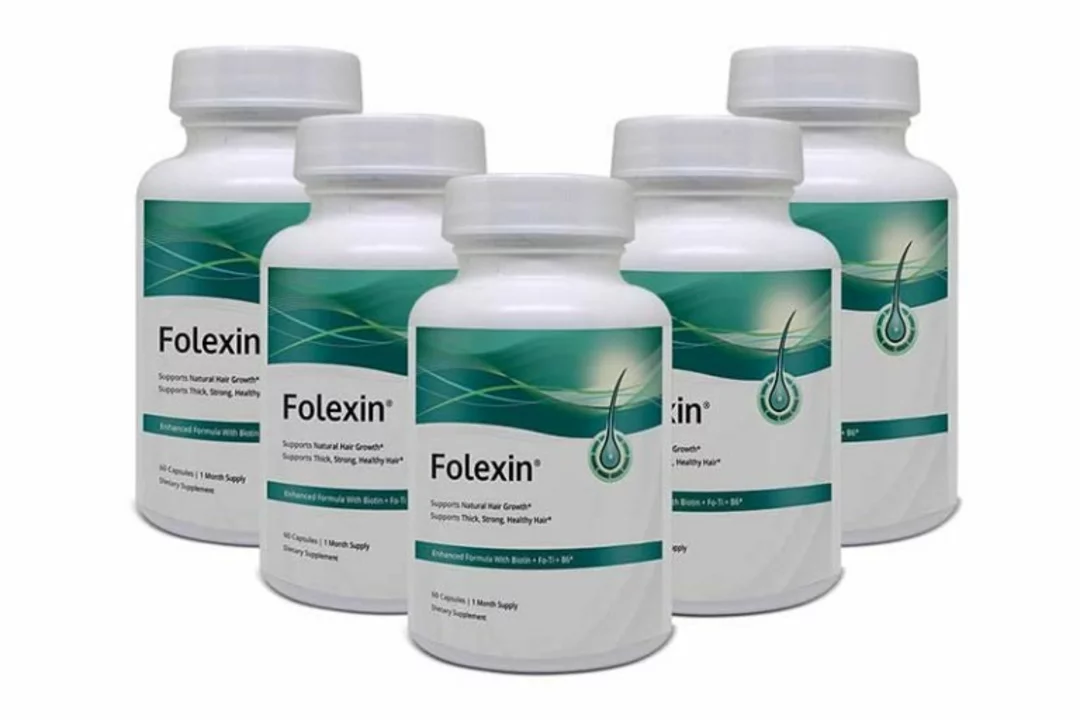Greek sage: uses, benefits and how to use it
Greek sage (Salvia fruticosa or Salvia triloba) is a strong-flavored herb common in Mediterranean cooking and traditional medicine. If you like bold herbal tea or want a natural way to support digestion and memory, Greek sage is worth knowing about. It has a woodsy, lemony aroma and works well fresh or dried.
In the kitchen, Greek sage lifts roasted vegetables, lamb, and tomato dishes. Use a few leaves while sautéing or add dried leaves to simmering sauces. For a simple drink, steep 2–3 fresh leaves in hot water for 5–10 minutes — the tea is fragrant, slightly bitter, and calming.
People use Greek sage for more than flavor. Research shows sage species contain antioxidants and compounds that affect brain function. Small human studies found short-term improvements in memory and attention after taking Salvia extracts. Other practical uses include easing mild digestive discomfort, reducing excess sweating, and soothing sore throats when used as a warm gargle.
How to use Greek sage
Tea: Steep 1–3 fresh leaves or 1 teaspoon dried in 8 oz (240 ml) hot water for 5–10 minutes. Drink one cup after meals to help digestion, or sip in the afternoon for focus. Cooking: Add 2–4 leaves to a roast or chop finely for stuffing and sauces. Extracts and essential oil: these are concentrated. Follow product labels and never swallow essential oil unless directed by a qualified practitioner.
Safety and dosing
Culinary use is safe for most people. Medicinal doses need care: avoid high-dose sage oil if you have epilepsy, since compounds like thujone can be risky. Pregnant or breastfeeding women should skip therapeutic doses. Sage can interact with diabetes and blood-thinning meds; monitor blood sugar and INR if you use it regularly. Stop use if you notice dizziness, fast heartbeat, or allergic rash.
How to pick quality products: choose dried leaves with clear origin and minimal additives. For supplements, prefer standardized extracts that state active compound levels. If buying essential oil, look for GC-MS testing and a Latin botanical name on the label (Salvia fruticosa or Salvia triloba). Store dried leaves in an airtight jar away from light; they keep for about 6–12 months.
Simple recipes and ideas: add chopped sage to browned butter and toss with pasta and roasted squash; rub chopped leaves under the skin of chicken before roasting; mix a teaspoon of dried sage into hot water, add honey and lemon for a throat-soothing drink. Try alternating sage tea with green tea rather than drinking sage only every day.
If you want to use Greek sage for a specific health issue, bring product labels to your doctor and ask about interactions with your meds. Small steps — a cup of tea, a fresh leaf in cooking — give you a safe way to test if it helps before trying stronger products.
Greek sage fits easily into daily life. Start slow, notice effects, and keep a short journal of symptoms, diet, and when you used it regularly.





